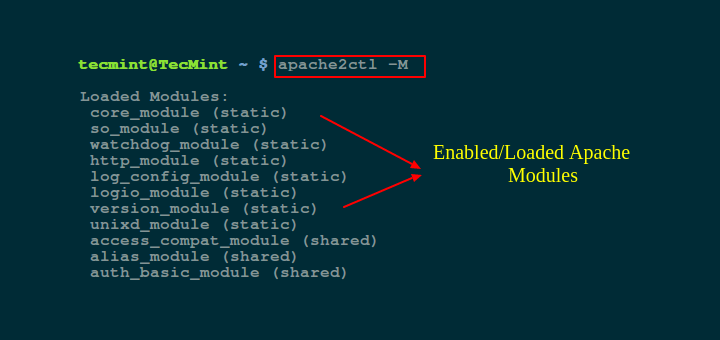HttpCore deals with representation of HTTP messages, and with transport logic for sending and receiving those messages. It also defines a kind of framework infrastructure so other modules can plug in functionality. Unlike the old code, HttpCore is not specific to the client side of HTTP communication, it can also be used for the server side. This directive enables operating system specific optimizations for a listening socket by the Protocol type. The basic premise is for the kernel to not send a socket to the server process until either data is received or an entire HTTP Request is buffered. Apache HttpCore - Apache HttpComponents Core (blocking I/O) org.apache.httpcomponents: httpcore - Maven Central Repository Search Maven Central Repository Search Quick Stats Report A Vulnerability.
Why Streaming?
The traditional API, which is described in the User Guide, assumes that file items must be stored somewhere before they are actually accessable by the user. This approach is convenient, because it allows easy access to an items contents. On the other hand, it is memory and time consuming.
The streaming API allows you to trade a little bit of convenience for optimal performance and a low memory profile. Additionally, the API is more lightweight, thus easier to understand.

How it works
Again, the FileUpload class is used for accessing the form fields and fields in the order in which they have been sent by the client. However, the FileItemFactory is completely ignored.
Parsing the request
Apache Httpcore Nio

Apache Http Core Github
First of all, do not forget to ensure that a request actually is a a file upload request. This is typically done using the same static method, which you already know from the traditional API.
Apache Http Core Jar Download
Now we are ready to parse the request into its constituent items. Here's how we do it:
Apache Http Core Javadoc
That's all that's needed. Really!
